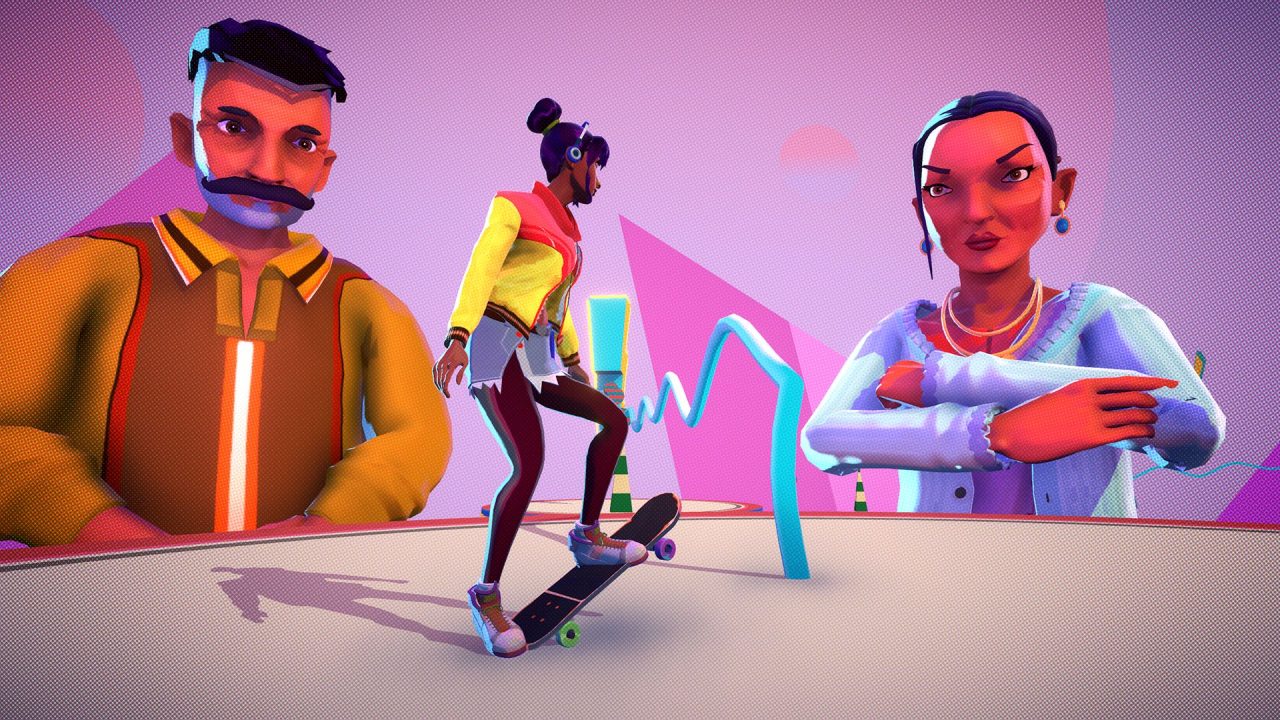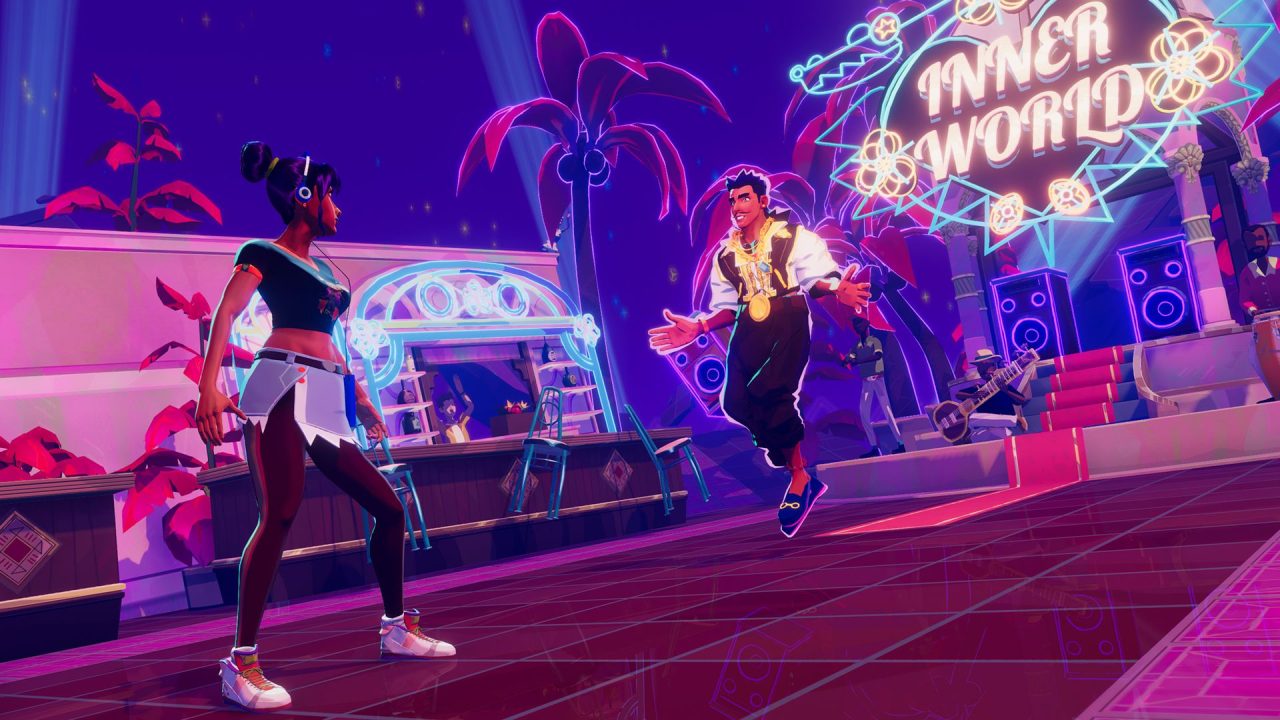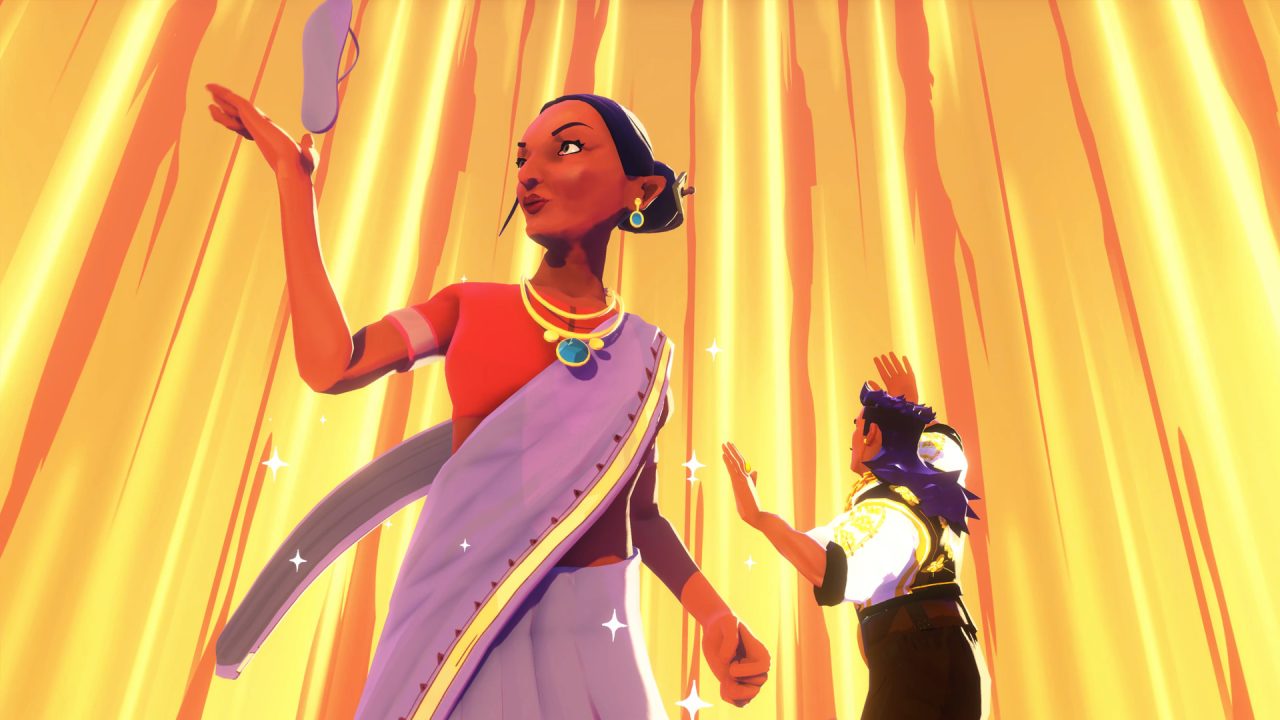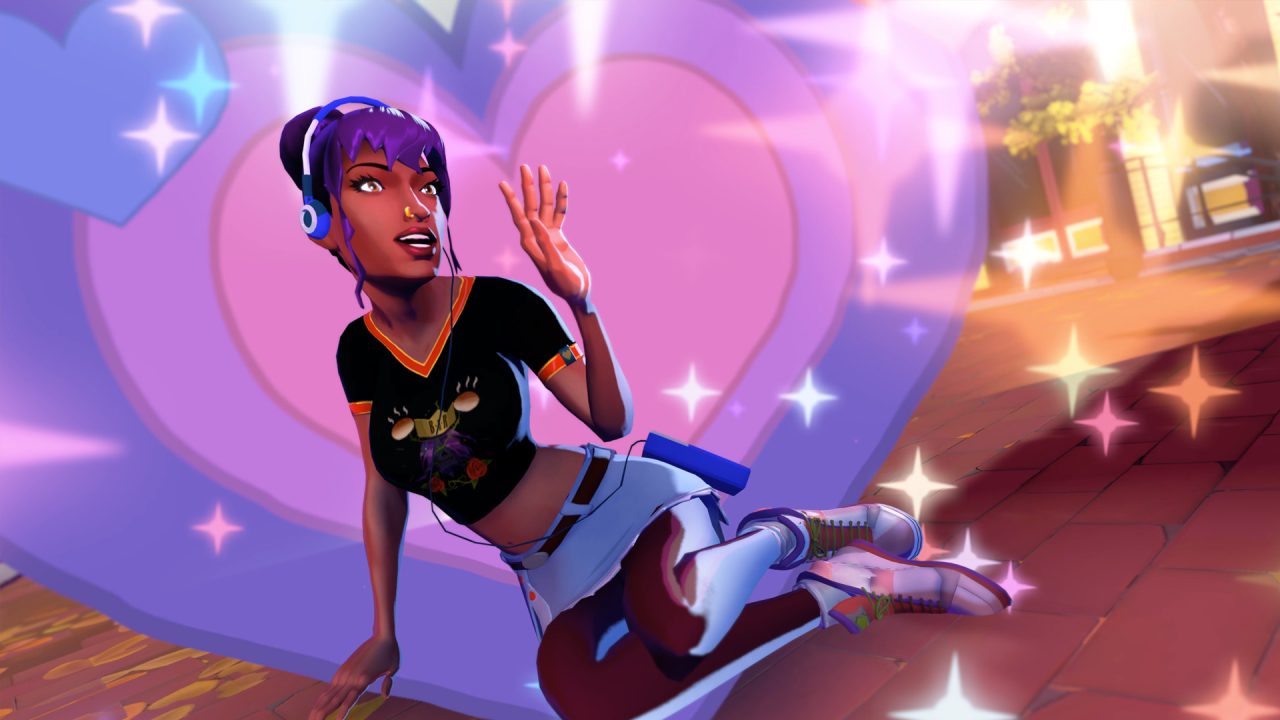South Asian representation in Western multimedia has been complicated for decades. As someone of South Asian descent (my family is from India) but born and raised in the West (specifically The Netherlands and the US), I’ve seen “us” depicted as supernatural mystics (e.g. Hadji in the Jonny Quest cartoons, Dhalsim in the Street Fighter games), convenience store clerks like Apu from The Simpsons, socially awkward geniuses like Raj from Big Bang Theory, even stoner slackers like Kumar from the Harold and Kumar movies. Some past portrayals played on problematic stereotypes more than others, but recent years have seen vast improvements in South Asian representation. My favorite is the Sharma family in the Netflix show The Unlisted. This brings me to Thirsty Suitors, a hybrid RPG offering some of the most authentic South Asian representation I’ve seen in a video game.
Growing up in the West is challenging for children of immigrant families. Devi from Never Have I Ever expressed that push-and-pull frustration best during her outburst in Season 1, Episode 4 about how she’s too Indian to some people, not Indian enough to others, and made to feel bad about both. I felt that identity crisis when I was growing up and still feel it now in my 40s. Jala Jayaratne, the 25-year-old daughter of South Asian immigrants (her mom’s Indian and her dad’s Sri Lankan) and protagonist of Thirsty Suitors, also inhabits this perplexing headspace. One thing Jala, Devi, and I all have in common is that insecure relationships with ourselves often strain relationships with the people around us. Reconciling those mangled relationships with herself and others is Jala’s quest in Thirsty Suitors.
This quest is challenging because Jala is not the most likeable protagonist. She sabotages herself, does not always take responsibility for her actions, is often abrasive, and acts like she has it all figured out when she really doesn’t. We all know people like Jala. She’s authentic, she’s relatable, and we see her grow and develop throughout Thirsty Suitors. The ability of Thirsty Suitors‘ excellent writing to foster sympathy towards someone we would typically dislike is a crowning jewel.
Let’s talk more about Thirsty Suitors‘ writing and storytelling. Beyond the visible writing flair like occasionally peppering Tamil language words throughout (e.g. “chappal,” which means slipper), the subtleties in the script’s details—those unspoken words beyond the words—are the real treasure. Let’s take Sergio, one of Jala’s exes, for example. On the surface, he’s a mask of toxic masculinity overcompensating for his needy insecurity. However, through subtleties in the storytelling, we find he’s more complex than that. He’s surprisingly relatable, and I felt a little sorry for him because, deep down, he’s actually not a bad guy. Jala mentions Sergio’s South Asian, so I’m guessing, given his name, that one (or both) of his parents hails from Goa—a heavily Portuguese-influenced region of India. This unspoken context is important when Jala finds herself within a visual representation of Sergio’s headspace. There, we see his struggle of desperately wanting to be a “Latin lover” because, living in the game’s equivalent of North America, he likely grew up seeing Brazilians (Brazil’s official language is Portuguese) in the media as the cool and sexy brown people the ladies want, unlike the dorky, nerdy, and uncool Indian brown kids like him that nobody wants. I give massive props to the developers for nailing a deep cut issue among South Asian males that no one talks about.
Speaking of visual representations of people’s headspaces, Thirsty Suitors‘ vibrant visual style is as much a creative storytelling element as the writing. Thirsty Suitors is about Jala understanding the headspaces of people she’s hurt, and the visual representations of those headspaces are stunningly varied. It’s reminicent of Persona 4‘s dungeons and boss battles themed around peoples’ inner turmoil. Design elements across Thirsty Suitors’ entire visual spectrum show serious thought and care, and I often took time to appreciate the game’s creative details. I especially loved how the main characters’ expressive faces convey sentiments beyond the words they say.
The blend of earnestness and absurdity in Thirsty Suitors’ overall design gives the game a unique vibe. As over-the-top as some design elements are, they make sense to me. For example, the semi-random battles around town consist of generic foes, manifestations of smarmy suitors Jala’s paati (grandma) wants to arrange her marriage with (arranged marriages are still fairly commonplace in South Asian culture). This creepy yet comical presentation was one of many things that had my South Asian brain thinking, “Yes! Outerloop Games totally gets it!” I also liked the juxtaposition between anachronistic elements (e.g. Jala’s early 2000s cell phone, her parents using dial-up Internet) and current-day sensibilities regarding multicultural and LGBTQIA+ diversity and acceptance. It felt as if the creative team was saying, “This is the kind of representation we wish we had growing up.”
Jala’s confrontations play out via turn-based RPG battles with a variety of timed button presses to enhance or defend against special attacks. I mentioned earlier that minor battles with generic smarmy suitors are semi-random. Here’s what I mean: As Jala makes her way around town, she encounters “Gift or Grift” boxes that either yield a treasure (Gift) or a battle (Grift). Along with the timed button presses, dynamic boss battles also incorporate dialogue choices which, in several battles, affect outcomes in the narrative. That gives these encounters plenty of personality. Major characters’ personalities also manifest in the special attacks they use (e.g. one of Jala’s summon spells is her disapproving mother), creating a happy blend of “show” and “tell” character development.
Along with those RPG elements of battling, level building, and all that good happy stuff, Thirsty Suitors‘ gameplay also encompasses aspects of visual novels, rhythm games, Cooking Mama-style games, skateboarding, and more. All of these elements control smoothly and play well, making for a well-planned and well-executed hybrid gaming experience. And, yes, some of Jala’s actions in these activities affect narrative outcomes.
The most significant non-RPG aspect is the Jet Set Radio style skateboarding. Not only is Jala’s skateboard her transportation, it’s also a narrative device. Jala feels most free and unencumbered on her skateboard, and it allows her to navigate her town of Timber Hills in a differently intimate way than walking. Through skateboarding, Timber Hills and its abandoned skate park become characters as complex as the people Jala interacts with. Skateboarding felt so fluid and natural, I sometimes spent more time skating than necessary.
The thread tying everything together is the use of QTEs to execute actions. Special commands in battle, mini-games (cooking with Jala’s mom), interactions with the environment (petting and doing a hip-hop handshake with Machan the dog), pulling off skateboarding finishing combos, all the major gameplay elements have these. Menu options exist to calibrate the timing of QTEs or eliminate them completely. Being able to tailor the play experience and difficulty as needed is always welcome, though I found the default settings just fine. This includes the control scheme (gamepad is preferred), which are remappable. The controls felt a little slippery when navigating the menus, but that, plus the inability to manually save the game, are minor nitpicks I easily overlooked.
Excellent voice acting brings the vibrant cast of characters to life, and the actors authentically represent their characters (e.g. South Asian actors played South Asian characters, a transgender actor played a transgender character). The sound effects are nicely done as well, which is quite an achievement given the unique sound design requirements for every game genre represented within Thirsty Suitors. The soundtrack features several genres of music, though many pieces have undertones of various South Asian genres. I particularly liked the boss battle themes since they also doubled as character themes for each of Jala’s exes. I love how the music dynamically plays loudly or softly in the background depending on the situational context, making the music, sound effect, and voice balance sound ideal at all times.
Developer Outerloop Games prides itself on the diversity of its team, and it shows with aplomb in one of the best games I’ve played all year. I completed a single playthrough of Thirsty Suitors in about 12 hours, yet felt like I had known Timber Hills and its inhabitants far longer than that. I genuinely related to Thirsty Suitors in ways I’ve never connected to a video game before and would love to revisit Jala and company in DLC or a sequel. Thirsty Suitors isn’t just a stock game with a Bollywood veneer; it’s an entity that showcases both obvious and subtle aspects of South Asian culture in the West. That, plus Thirsty Suitors’ diverse gameplay elements, harmonize to create something special that is truly more than the sum of its parts.







